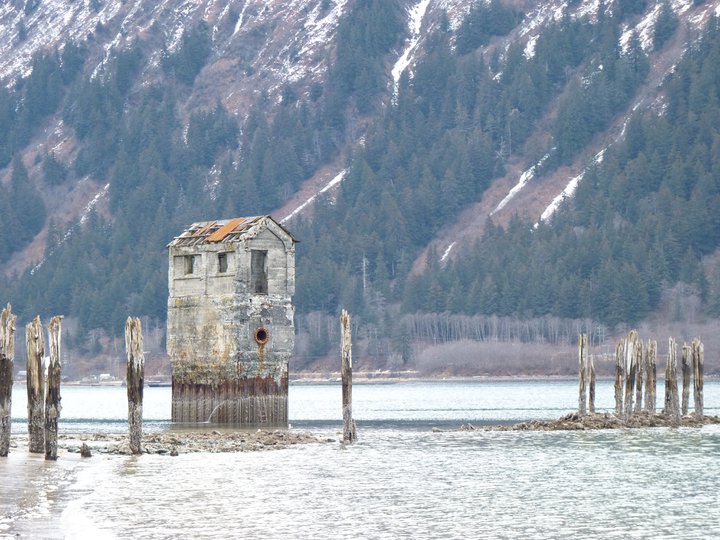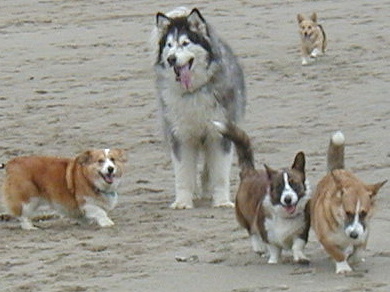This time of year, the tidal flats of Sandy Beach are mostly used by dog owners trying to wear out their pooches. In warmer seasons, it’s a favorite place for castle-building kids, picnicking parents and the occasional pallet-powered bonfire.

But for decades, it was a Tlingit village, at times reaching a population of 600.
The Douglas Indian Association, the area’s tribal government, has been concerned about hazardous substances in the sand. So last summer, high-schoolers in a tribal environmental program took samples and sent them off to a lab for analysis.
“Well, they called us right away and they wanted to make sure we disposed of our collection pails and our gloves, because they knew that there was some elevated mercury there,” says Eric Morrison, environmental planner at Douglas Indian Association.
Along with mercury, there’s arsenic and cyanide, once used in the nearby Treadwell Mine. Similar issues have been raised over plans to dredge a nearby harbor. The sand and mud removed was to be placed on the ocean floor.
The beach and low-tide zones are largely ground-up waste rock from the mine. And whatever is there could be getting into seafood collected for subsistence and personal use.
“Anyone from Juneau and Douglas knows that there’s a lot of crab pots in that area. One of the things we’re hoping to do is top test some of the crabs and clams for methyl mercury content,” Morrison says.
“Well, the indications are we need more information,” says Bruce Wanstall, of the state Department of Environmental Conservation’s Contaminated Sites Program. He’s met with the tribal government and the city of Juneau, which owns and manages the beach.
He understands some people might worry about what’s been found. But they really shouldn’t, in part because the samples were taken below the area most used by people.
“They don’t suggest there is an immediate threat to human health and the environment, at this time. But it does indicate we should conduct a more in-depth and wider set of sampling,” Wanstall says.
Before officials do more work, they have to find funding, and they’ll seek grants.
No one’s given the city a deadline, but Juneau Parks & Recreation Director Brent Fischer says it will get done.
“I want to do it. It’s timely. It’s our responsibility to make sure there isn’t a risk. So I look

at it as a priority on my table,” Fisher says.
So what about summer toddlers sitting down in the sand, playing with it and sometimes eating it? Or the dogs that catch sand-encrusted balls thrown by their owners?
“Nothing they’ve tested so far revealed there would be any risk as the public uses the park,” Fischer says.
He says areas that are most suspected are actually below the sandiest part of the beach.
